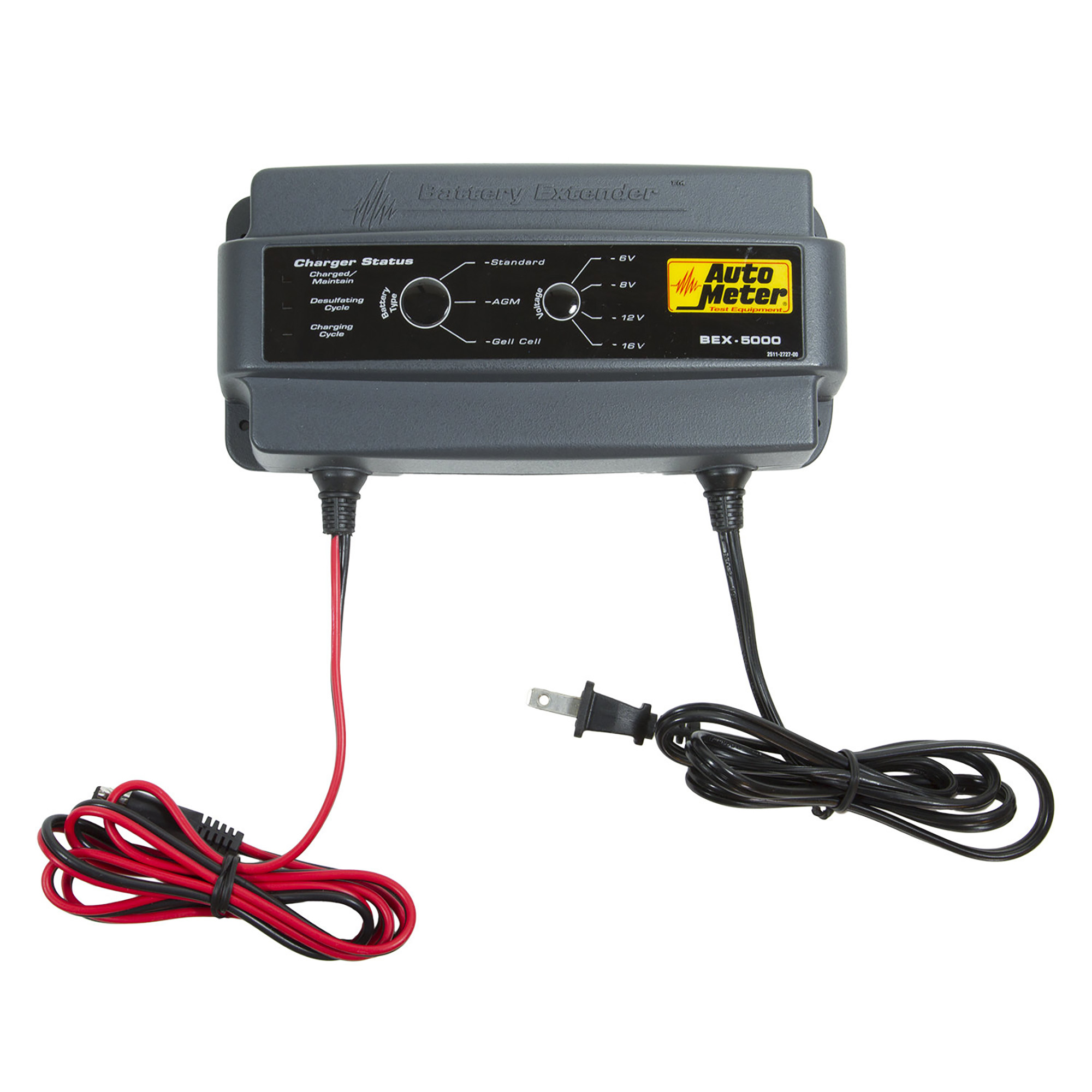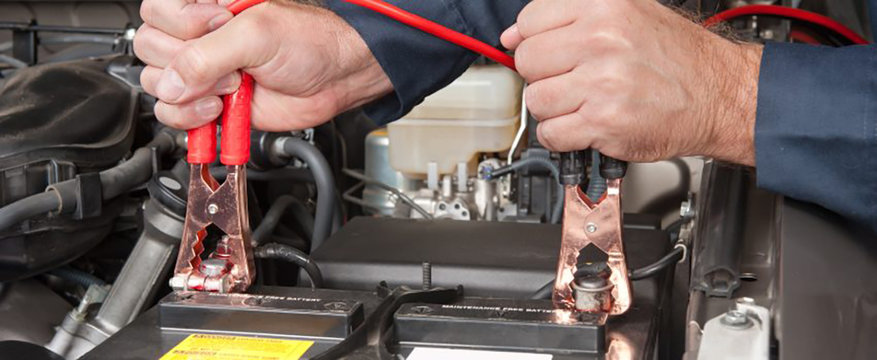It is a balmy August morning and you head outside, peel that soft top back and start your Jeep. Or try to start it, anyway. Because there is no engine roar in response, only the faintest of noises from the engine bay.
Click. Click. Click.
So you wait a few minutes, press down a bit on the accelerator and turn the key again. Hoping for a different result, but panicking a little. And now that clicking grows softer as you can feel life further drain from your battery—until nothing happens at all.
It is around this time that you realize you will probably be late for work, or wherever. But knowing what to do in this situation can help you safely, and expeditiously, get back on the road.
And before you think this won’t happen to you, you should probably know it will at some point. After all, most batteries are designed to last somewhere around 3-5 years, so those of you with older vehicles with the factory battery are likely on borrowed time. But things like human error, such as accidentally leaving the vehicle lights on when at home or work, or faulty wiring could also drain even the newest of batteries and cause you to experience that happiness-sapping click, click, click.
So when that happens, there are three ways to jump-start your Jeep depending on your transmission, where and how the Jeep is parked and what equipment you have available.
Jumper cables, as you may have figured, are the most used product for firing up a drained battery. Battery packs are also popular, but are rather expensive and require you to verify they are properly charged. Finally, ‘pop and roll’ starts are a viable last resort, assuming you have a manual transmission.
So, looking at jumper cables first. This is definitely an essential piece of equipment every vehicle owner should own. Not only will these cables help you revive your dead battery, but they can also help others who have a drained, or dying, battery.
One word of warning, though. You may think these things are just a simple ‘point-and-click’ application—just connect and fire the engine. But realistically there is a bit more to them you should know.
The key to jumper cables, as you can surely figure out, is having access to another vehicle with a good battery—or having a fully charged spare battery in your possession. The latter, though, may or may not provide enough jumping power.
Jumper cables are simply two cables with clamps on each end. Each clamp will be either red or black. One cable needs to go from the positive battery terminal (red) on the Jeep (or vehicle with the dead battery) to the positive battery terminal on the jumping vehicle (or battery). The other cable (black) attaches to the negative battery terminal on the jumping vehicle (or battery), and then to a ground point under the hood on the Jeep (or vehicle with the dead battery).
This order is fairly important. During the attachment process, make sure not to cross the wires (negative to positive and vice versa) and do not let the negative and positive cable ends touch when connected to power on the other end. If they do happen to touch when energized, they will spark, arc, or worse—potentially leaving components of your electrical system damaged.
Additionally, it is also recommended to avoid connecting the negative cable to the dead or drained battery’s negative connection as a potential explosion could occur.
Another significant point is to make sure all connections are clean and free of corrosion. You’ll know the cables are connected properly when the interior lights are brighter, or the vehicle with the dead battery turns over quicker than before. It is recommended to leave the cables connected for several minutes after starting the non-dead vehicle to charge the dead battery. You can also rev the RPMs higher in the jumping vehicle to provide a better charge.
Once the vehicles have been connected for several minutes, try starting that vehicle with the dead battery. If there is improvement in how fast it turns over, but it still won’t start, then leave the vehicles connected for several more minutes. Alternatively, if there is no difference in how quickly it turns over, then take a look and make sure all your connections are good.
After the vehicle successfully starts, keep it running at a higher RPM for several minutes, or longer if possible. This will get a decent charge into the battery and should help prevent it from dying before future starts. If you follow this advice and find the battery is dead the next time you try to start your vehicle, then definitely have the battery and alternator tested.

Another means to jump a dead battery is with the use of a battery charging pack. These packs can be left in your house, garage, or vehicle in case of an emergency. It is important, though, to make sure and keep this pack properly charged. They vary by manufacturer, but the majority offer one positive and one negative cable, and an on/off switch.
As far as how they work, it is as simple as connecting the cables properly, hitting the switch or button and then starting the vehicle.
If you have a manual transmission but no jumper cables or battery pack, then there is another means by which you can attempt start your vehicle. This is known as a pop or roll start.
These starts are pretty simple. If you are on a slight forward decline then push in the clutch, release your e-brake and take your foot off the brake pedal. Once you start rolling and reach a speed between five and 10 miles-per-hour, let out the clutch. This should pop-start your engine.
Depending on your battery, forward speed and other factors, this method may or may not work, but it provides you with a last ditch effort when stuck without another way to start your Jeep.
If none of these methods properly start your Jeep, then it is time to pick up the phone and have the vehicle towed to a mechanic or your local Jeep dealership.
The low cost for a set of jumper cables certainly makes them a worthwhile investment, and probably the best option to carry with you in your Jeep—either for your use or to help others.
But whether you choose cables, a battery pack, or the old-fashioned ‘pop-and-roll’ method, just make sure you take your time and exercise caution when attempting to get that vehicle started.





















